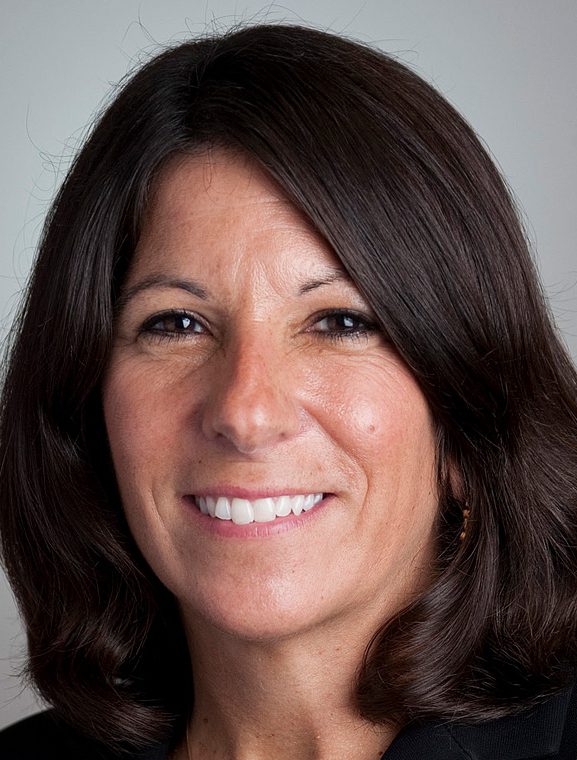What motivates a firm to disclose information rather than remain silent following a material, negative economic event? For example, why did oil companies issue multiple, detailed disclosures about oil spills caused by Hurricane Katrina and Hurricane Rita but not disclose information about oil spills of similar or even larger sizes caused by equipment failures and human error?
Our recent study, “Tip of the Iceberg? The Level of Blame and Disclosure Propensity,” examines whether firms are less likely to disclose information regarding material, negative economic events for which they are likely to be blamed. We define a “blamed event” as a material, negative economic event for which the firm is likely to be perceived as responsible. Based on conversations with public relations experts and legal advisers, we hypothesize that firms are less likely to disclose information about blamed events than ones for which they are blameless, because they are concerned about their reputation and litigation risks. We identify a large, diverse sample of material, negative economic events that are observable through public sources, and examine whether the level of blame associated with each event influences firms’ s disclosure decisions. Our sample of events includes catastrophes, major casualty accidents, and large oil spills identified by the National Weather Service, the National Transportation Safety Board, and the Bureau of Safety and Environmental Enforcement accident reports, as well as the initial filing of an investor class-action lawsuit that only targets overly optimistic claims, as identified from the Stanford Securities Class Action Clearinghouse. We further restrict our sample to material events, which are defined as significantly affecting investors, employees, customers, or suppliers.
Our final sample includes a total of 239 events—110 investor class action lawsuits and 129 sudden accidents (61 catastrophes, 43 casualty accidents, and 25 oil spills). We collect company disclosures from Securities and Exchange Commission filings and press releases based on the conjecture that disclosures for investors are likely to be disseminated through SEC filings, whereas disclosures for employees, customers, and suppliers are more likely to be disseminated through press releases. We read through all SEC filings and press releases for the 30 days following the first occurrence of an event to identify event-specific disclosures. We find that, among 239 material, negative economic events, only 40 percent of firms issue disclosures about them. Half of disclosing firms release their initial disclosures within five days after the negative event, and 84 percent of initial disclosures are released within two weeks.
For the investor class-action lawsuit sample, our empirical proxy for the level of blame is whether a lawsuit is dismissed by the court. As we restrict our lawsuit sample to claims of overly optimistic statements, we assume that managers know whether these statements were intended to manipulate public perception or reflected prudent business judgment. Therefore, the level of blame is expected to be captured by the subsequent court dismissal. For the sudden accident sample, our empirical proxy for the level of blame is whether an accident is caused by an internal or external force. We assume that internal forces, such as human error, are more likely to be perceived as blamed events and more likely to prompt stakeholders to downgrade a firm’s reputation than are external forces, such as weather, because firms are perceived to have more control over internal forces.
Addressing the issue of event materiality is crucial in our analysis, so we incorporate three materiality measures in our analyses—the absolute value of the cumulative stock returns in the days around the initial occurrence of an event, the change in the implied volatility of stock returns around the event, and the abnormal number of media articles in the days around the event. In subsample tests focusing only on a more homogeneous sample of oil spills, we also incorporate oil spill size, water depth, and distance from shore as additional proxies for materiality.
Through a series of large sample and subsample tests using the investor class-action lawsuits, sudden accidents, and oil spill samples, we find that the likelihood a firm issues at least one disclosure following a blameless event is at least 10 times greater than it is for a blamed event. Moreover, we find that this blame-blameless asymmetric disclosure choice is more pronounced for firms that are likely to place greater reliance on maintaining a favorable reputation. Specifically, we find the asymmetric disclosure choice for blamed versus blameless events is more pronounced for firms that issue public debt more frequently, are listed on the NYSE, and are more profitable. We include a comprehensive set of disclosure determinants throughout our analyses to identify the incremental impact of the level of blame on the disclosure propensity.
Our study contributes to the limited literature on how event-specific factors affect firms’ disclosure choices by focusing on a common event characteristic—the level of blame—that applies to a broad spectrum of events (e.g., catastrophes, casualty accidents, oil spills, and investor class-action lawsuits). Our findings also highlight a potential selection bias in studies that identify underlying economic events using observable disclosures in SEC filings (e.g., 10-Ks, 8-Ks) and press releases. The evidence that firms are 10 times more likely to issue at least one disclosure following a blameless negative event relative to a blamed event suggests researchers are likely to study only the tip of the iceberg of all economic events when choosing to form samples based solely on firm disclosures.
This post comes to us from professors Jason D. Schloetzer at Georgetown University’s McDonough School of Business, Ayung Tseng at Indiana University’s Kelley School of Business, and Teri Lombardi Yohn at Indiana University’s Kelley School of Business, and from Yeo Sang Yoon, a graduate student at Seoul National University. It is based on their recent paper, “Tip of the Iceberg? The Level of Blame and Disclosure Propensity,” available here.
 Sky Blog
Sky Blog



